Our Workforce Management team shares their Workforce Planning expertise with you
What is Workforce Planning?
Workforce Planning is a medium- to long-term analysis of firm’s business needs to align workforce composition to workload and business strategy. The process is performed on an ongoing basis, usually yearly, to continually re-assess the labour supply and needs of the business. By forecasting upcoming demand, organizations can assess whether their current workforce matches their future needs, or identify what gaps will need to be filled in their labour force.
Workforce Scheduling and Workforce Forecasting, while related to Workforce Planning, differ mostly in that they represent different time horizons in the workforce management timeline.

Find out how our Workforce Management specialists can help you get the most out of your workforce
CONNECT WITH USWorkforce Planning Tools
Workforce planning is often a component of tools such as Human Resources Information System (HRIS) or Workforce Management (WFM) platforms. Depending on the category of tool used, the type of data employed and the outcomes of the planning process will vary greatly. Some elements are key to the success of the planning process regardless of the tools being employed – these are the clinical elements of any workforce management consulting project.
Since workforce planning relies heavily on the accuracy and completeness of historical quantitative and qualitative data, the best planning tools have three major components:

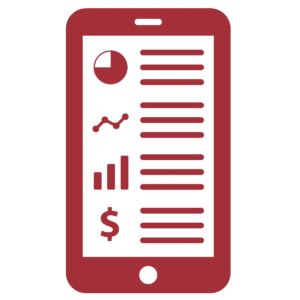
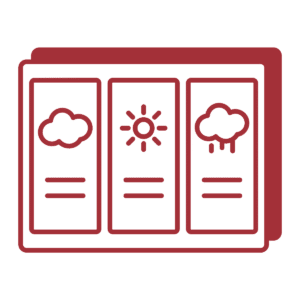
What are the Steps in Workforce Planning?
Below is a brief overview of what steps make up the workforce planning process. From initial inputs such as understanding/setting business priorities, assessing current workforce skills, and forecasting future needs to executing on objectives. The guide below serves as a practical starting point to explain the process of workforce planning.
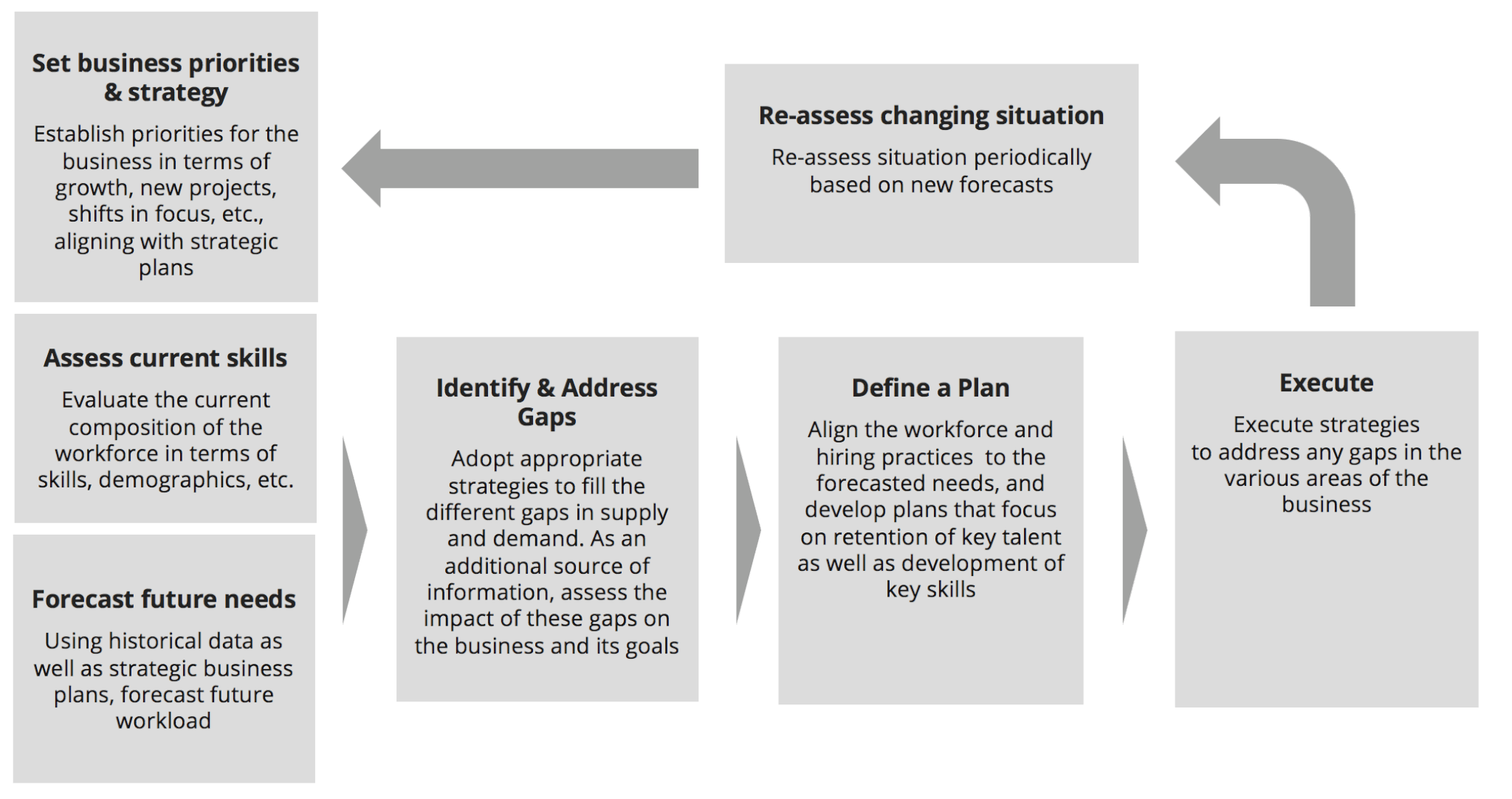
Different Workforce Planning Approaches
Each organization approaches workforce planning in its own way, from differences in the technology companies employed, to the frequency of planning, to the sophistication of analysis.
Manual
Many organizations rely on spreadsheets, of varying complexity, to forecast demand and assess whether needs meet demand. While this is easily customized to each user’s needs, these tools also require advanced proficiency to match the completeness level of alternatives.
Through Automation
Several tools can be employed to enact the different stages of the planning process. Whether the tool automates data capture, forecasting, workforce analysis, or planning, it can alleviate a considerable amount of work in the process.
We compare different workforce management software here.
Annual
Conducting forecasts annually provides a snapshot of the organization at a single point in the year. It is important to align this process with the strategic planning cycle of your business. Otherwise, plans will not match future needs as set out in the forecast.
Continuous
Continuous forecasting and planning involves re-assessing future needs any time strategic priorities change in the business, or the environment in which it operates undergoes a considerable change. While this method often involves more work, it does ensure plans are aligned with the most recent information available.
Historical information
The advent of big data has provided firms with large amounts of information on their operations and workforce. Using this information to forecast future needs, identify trends, and seasonality, firms can establish robust plans for their workforce. It is important however to use a robust forecasting model that can account for outliers or irregular events.
Predictive analysis & Forecasting
While these forecasts are still heavily based on historical data, an attempt is made to analyze market trends and future needs, in order to incorporate them in the forecast. This helps businesses better plan in alignment with new technologies and fluctuations in market supply and demand.
What are the Benefits of Workforce Planning?
Increased employee engagement is one of the key benefits of strategic workforce planning. After all, there is a well-supported link between employee engagement and business performance. The logic is simple: a more engaged workforce leads to increased operational efficiency, happier customers, and higher profits. Additional benefits include:

Capacity coordination
- Workforce Planning helps companies avoid surpluses or shortages in labour, which often come with costly layoffs or over-hiring
- WF Planning may reduce delays in production due to long hiring cycles
- Businesses can make use of natural attrition in lieu of layoffs
- Use of various technology to drive efficiency e.g. Robotic Process Automation should be considered as well

Reduced hiring and turnover costs
- By better aligning skills and tailoring development plans to business needs, companies can reduce their turnover and retain talent
- Firms can reduce hiring costs by shifting capacity internally
- Plan retention activities for key talent
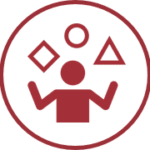
Skills alignment
- Workforce Planning allows organizations to align their skills inventory to their business needs
- Hiring aligns with the actual talent needs of the business rather than filling all vacancies
- Planning allows for cross-skilling, making the workforce more flexible, and enabling alignment with business cycle fluctuations
- Match employee development aspirations to business needs
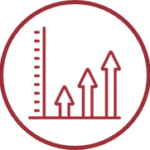
Productivity improvement
- Matching staff skills to the right job usually yields higher productivity
- Retaining staff longer also helps avoid the productivity dips of hiring new staff
- Having plans in place to develop existing staff leads to a more engaged workforce, which in turn improves productivity
- Match supply schedule to demand fluctuations
Would you like to know more about our Workforce Management solutions?
CONNECT WITH USWorkforce Planning Consulting
The Burnie Group has supported various organizations with Workforce Planning consulting and Operational Excellence. Our Achieve program targets organizations across various industries using a modern Workforce Management platform that includes data capture, data analytics, predictive analytics, advanced reporting, skills management and much more.
We have delivered workforce planning consulting across multiple industries including:
- Financial services (e.g. retails banking, business banking, institutional accounting)
- Life insurance
- Property and Casualty insurance
- Commercial real estate
- Retirement services
- Long-term care
- Consulting and advisory
- and many others
From a functional perspective, we have delivered solutions in the following areas of an organization:
- Operations and back-office (e.g. changes processing, documentation, credit checks, etc)
- Client on-boarding
- Finance and accounting
- Human Resources
- Client services
- Legal services
- Management of existing customers / policy administration / plan administration
- Claims management
- Risk management
- And many more
Find out more on workforce management consulting in different industries.
Interested in Workforce Planning Consulting? We can help.
CONNECT WITH US
